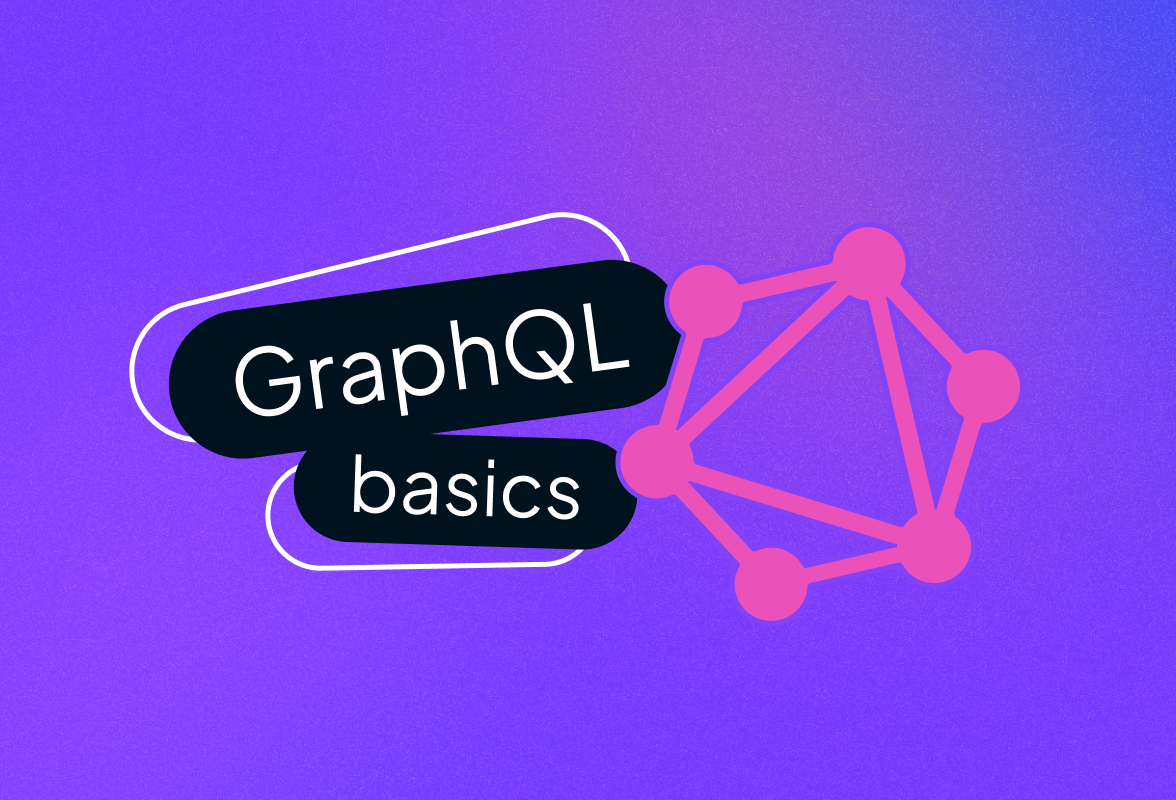GraphQL Injection – Poorly Sanitized GraphQL Queries Lead to Data Leaks
Introduction
GraphQL has revolutionized API development by providing a flexible and efficient way to query data. Unlike REST, GraphQL allows clients to request only the data they need, reducing over-fetching and under-fetching issues. However, this flexibility also introduces security risks, particularly GraphQL injection vulnerabilities.
When GraphQL queries are not properly sanitized, attackers can manipulate them to access unauthorized data, execute malicious operations, or even disrupt backend services. This blog explores GraphQL injection attacks, real-world examples, detection methods, and best practices to prevent data leaks.
Table of Contents
- What is GraphQL Injection?
- How GraphQL Injection Works
- Common GraphQL Injection Attack Vectors
- Query Manipulation
- Mutation Injection
- Introspection Exploitation
- Batch Query Attacks
- Real-World GraphQL Injection Examples
- Detecting GraphQL Injection Vulnerabilities
- Preventing GraphQL Injection Attacks
- Input Validation & Sanitization
- Query Whitelisting
- Depth Limiting & Query Cost Analysis
- Rate Limiting & Throttling
- Using Prepared Statements (Parameterized Queries)
- GraphQL Security Best Practices
- Tools for Testing GraphQL Security
- Conclusion
1. What is GraphQL Injection?
GraphQL injection is a security vulnerability where an attacker manipulates GraphQL queries, mutations, or subscriptions to execute unauthorized operations. Unlike SQL injection, which targets database queries, GraphQL injection exploits the API layer, allowing attackers to:
- Extract sensitive data (user credentials, PII, etc.)
- Bypass authentication and authorization checks
- Overload the server with complex nested queries
- Modify or delete data via malicious mutations
Since GraphQL queries are often constructed dynamically, improper input handling can lead to data leaks and API abuse.
2. How GraphQL Injection Works
A typical GraphQL injection attack involves:
- Intercepting or Crafting Malicious Queries – Attackers modify queries sent to the GraphQL endpoint.
- Exploiting Weak Input Sanitization – If the server does not validate inputs, attackers inject malicious fields or arguments.
- Abusing Introspection – GraphQL’s introspection feature can leak schema details, aiding attackers in crafting exploits.
- Executing Unauthorized Operations – Attackers may query hidden fields, escalate privileges, or trigger harmful mutations.
Example of a Basic GraphQL Injection
A normal query:
graphql
Copy
Download
query {
user(id: "123") {
name
email
}
}
An attacker could inject:
graphql
Copy
Download
query {
user(id: "123' OR 1=1 --") {
name
email
password
}
}
If the backend does not sanitize inputs, this could expose sensitive fields like password.
3. Common GraphQL Injection Attack Vectors
A. Query Manipulation
Attackers modify query arguments to fetch unauthorized data.
B. Mutation Injection
Malicious mutations can alter or delete data:
graphql
Copy
Download
mutation {
deleteUser(id: "123") {
success
}
}
C. Introspection Exploitation
GraphQL’s introspection reveals schema details, helping attackers craft precise exploits:
graphql
Copy
Download
query {
__schema {
types {
name
fields {
name
}
}
}
}
D. Batch Query Attacks
Attackers send multiple queries in a single request to overload the server:
graphql
Copy
Download
query { user1: user(id: "1") { email } }
query { user2: user(id: "2") { email } }
...
4. Real-World GraphQL Injection Examples
Case 1: Facebook’s GraphQL Bug Bounty
A security researcher found that a misconfigured GraphQL endpoint allowed unauthorized access to user data due to weak input validation.
Case 2: Shopify API Exploit
Attackers used nested queries to bypass rate limits and scrape merchant data.
Case 3: GitHub’s GraphQL Rate Limit Bypass
Researchers discovered that batch queries could evade GitHub’s API throttling, leading to excessive data exposure.
5. Detecting GraphQL Injection Vulnerabilities
- Manual Testing: Craft malicious queries to check for unexpected data exposure.
- Automated Scanners: Tools like GraphQLmap, InQL, and Burp Suite can detect injection flaws.
- Log Analysis: Monitor for abnormal query patterns (e.g., excessive introspection).
6. Preventing GraphQL Injection Attacks
A. Input Validation & Sanitization
- Use libraries like
graphql-validation-complexityto enforce strict input checks.
B. Query Whitelisting
- Restrict allowed queries to predefined operations.
C. Depth Limiting & Query Cost Analysis
- Prevent overly complex queries with tools like
graphql-depth-limit.
D. Rate Limiting & Throttling
- Limit query frequency to prevent brute-force attacks.
E. Using Prepared Statements (Parameterized Queries)
- Avoid string concatenation in resolvers.
7. GraphQL Security Best Practices
✅ Disable introspection in production.
✅ Implement proper authentication & authorization.
✅ Use HTTPS to prevent query interception.
✅ Regularly audit GraphQL schemas for exposed fields.
8. Tools for Testing GraphQL Security
- GraphQLmap – Exploitation tool for GraphQL.
- InQL (Burp Suite Extension) – Introspection and query analysis.
- Escape’s GraphQL Security Scanner – Automated vulnerability detection.
9. Conclusion
GraphQL injection poses a severe threat if APIs are not properly secured. By implementing input validation, query whitelisting, and rate limiting, developers can mitigate these risks. Regular security testing and adherence to best practices will ensure robust protection against data leaks and unauthorized access.

